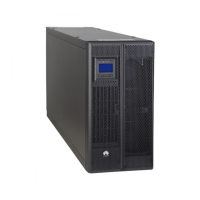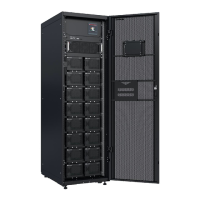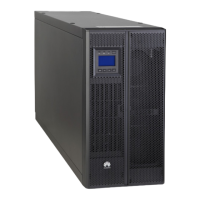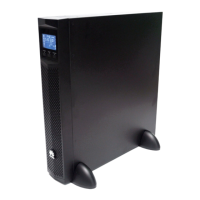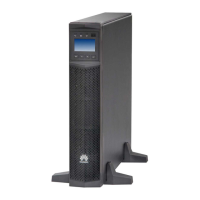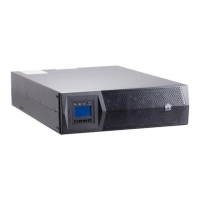What to do if the bypass is not normal on a Huawei UPS?
- DDennis MorganSep 18, 2025
If the bypass is not normal in your Huawei UPS, it could be due to a damaged bypass thyristor, which requires replacing the bypass module. Alternatively, if the bypass module is experiencing overtemperature, reduce the load or improve ventilation.





